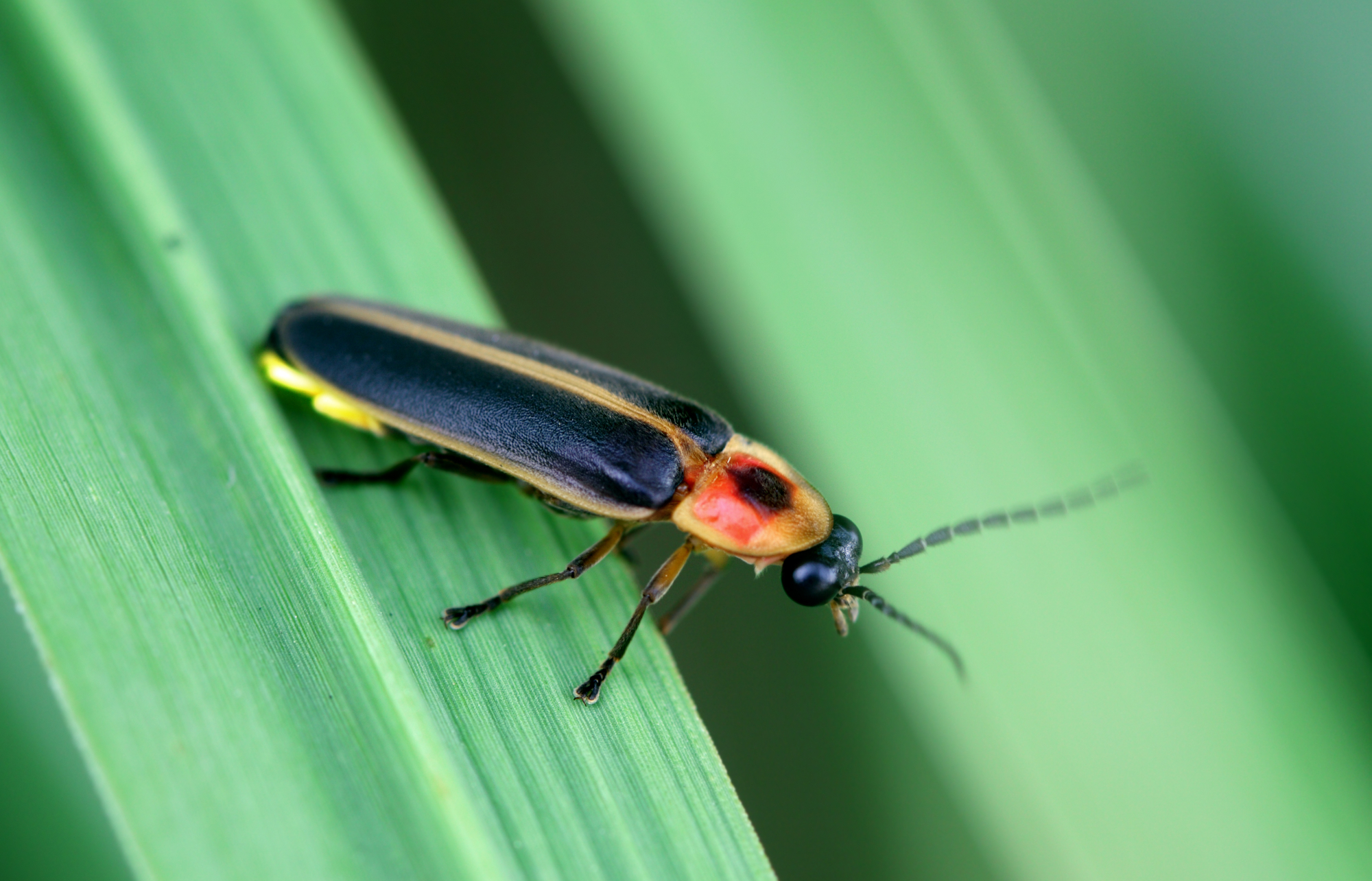

The flashy synchronous shows of Malaysia; the summertime magic of Japanese hotaru; the rippling sparks of the Great Smoke Mountains: More than 2,000 different firefly species flit, flicker, and glimmer around the globe. But a new paper in the journal Bioscience warns that their lights could go out for good—and human activity is to blame.
Principal study author Sara Lewis, a biology professor at Tufts University, spent most of her career studying the mating rituals of just a few species of firefly. At some point, she says, she and her colleagues had a realization: “We looked around and said, ‘huh, there just don’t seem to be as many fireflies around as there used to be.’”
The International Union for Conservation of Nature put together a team of biologists to investigate the bioluminescent bugs, and this new paper is the first fruit of their labors. The team surveyed scientists, conservationists, and people involved in firefly tourism—people who know a lot about fireflies, Lewis says, and who spent lots of nights out looking for them.
“We basically asked them what they, personally, considered to be the most important threats to fireflies in their geographic region,” Lewis says. Habitat loss hit the top of that list, followed by light pollution and pesticide use.
Loss of habitat is particularly important for specialist species of firefly, like the Malaysian Pteroptyx tener, whose synchronized displays can only be seen in mangrove forests. Previous research has identified dramatic declines as those coastal swamps are developed into shrimp or palm oil farms. Other species, like the big dipper firefly (Photinus pyralis) in the United States, seem to still be quite widespread, says Lewis.
The fact that light pollution is seen as the second-biggest issue came as a bit of a surprise, Lewis says, but it makes sense. “The basis of their courtship is a quick, bright flash of light,” she says, and anything that might prevent that flash from being seen clearly is bound to cause problems. In fact, according to the study, experts in East Asia and South America actually ranked this issue as the top firefly threat.
Insecticides also make sense: after all, fireflies are as likely to be poisoned by pesticides as the creepy-crawlers a farmer aims to get rid of by spraying. And because they spend most of their lifecycle in the ground, not flickering around up in the sky, subterranean firefly larvae are also vulnerable to insecticides found in our lawns and soil.
It’s important to remember that this paper isn’t the last word on the problems fireflies are facing. We need much more research to establish what’s going on and which species are most at risk, says Lewis. But her team hopes this clear outline of some of the most pressing threats will “build some momentum,” she says.
She also hopes that raising the profile of threatened fireflies will increase awareness of threatened insects in general. “Fireflies are actually an insect that everybody can get behind,” she says.
